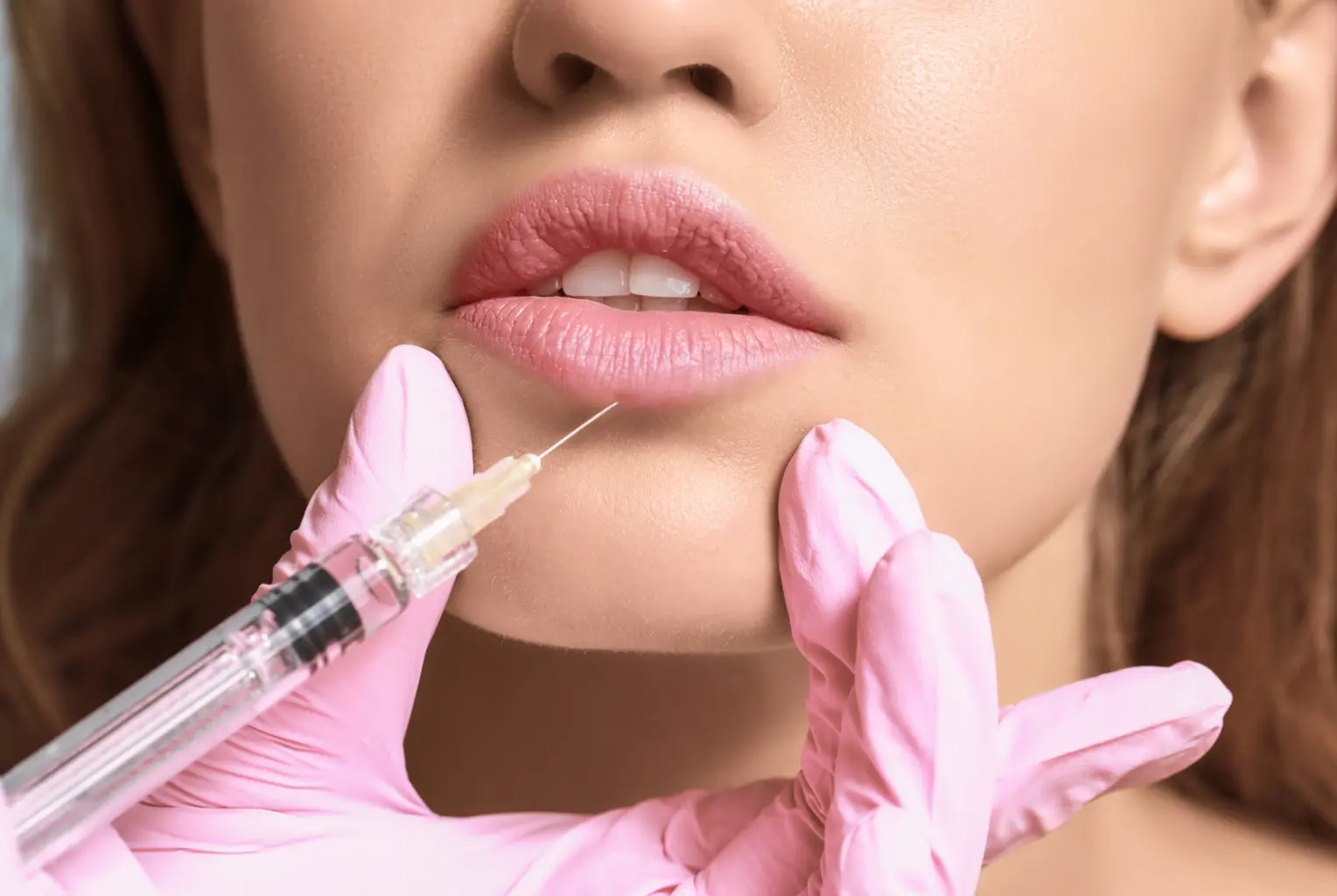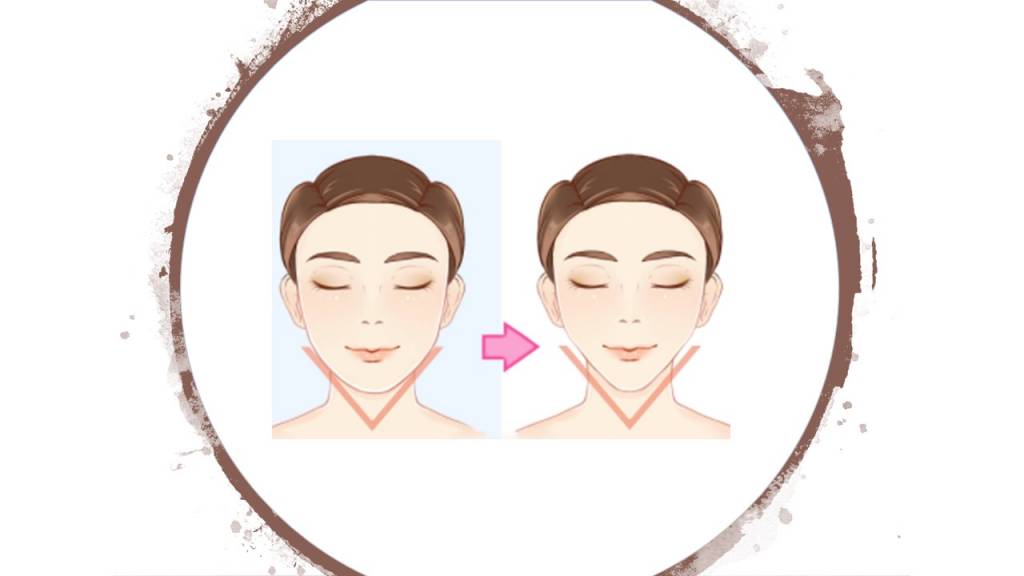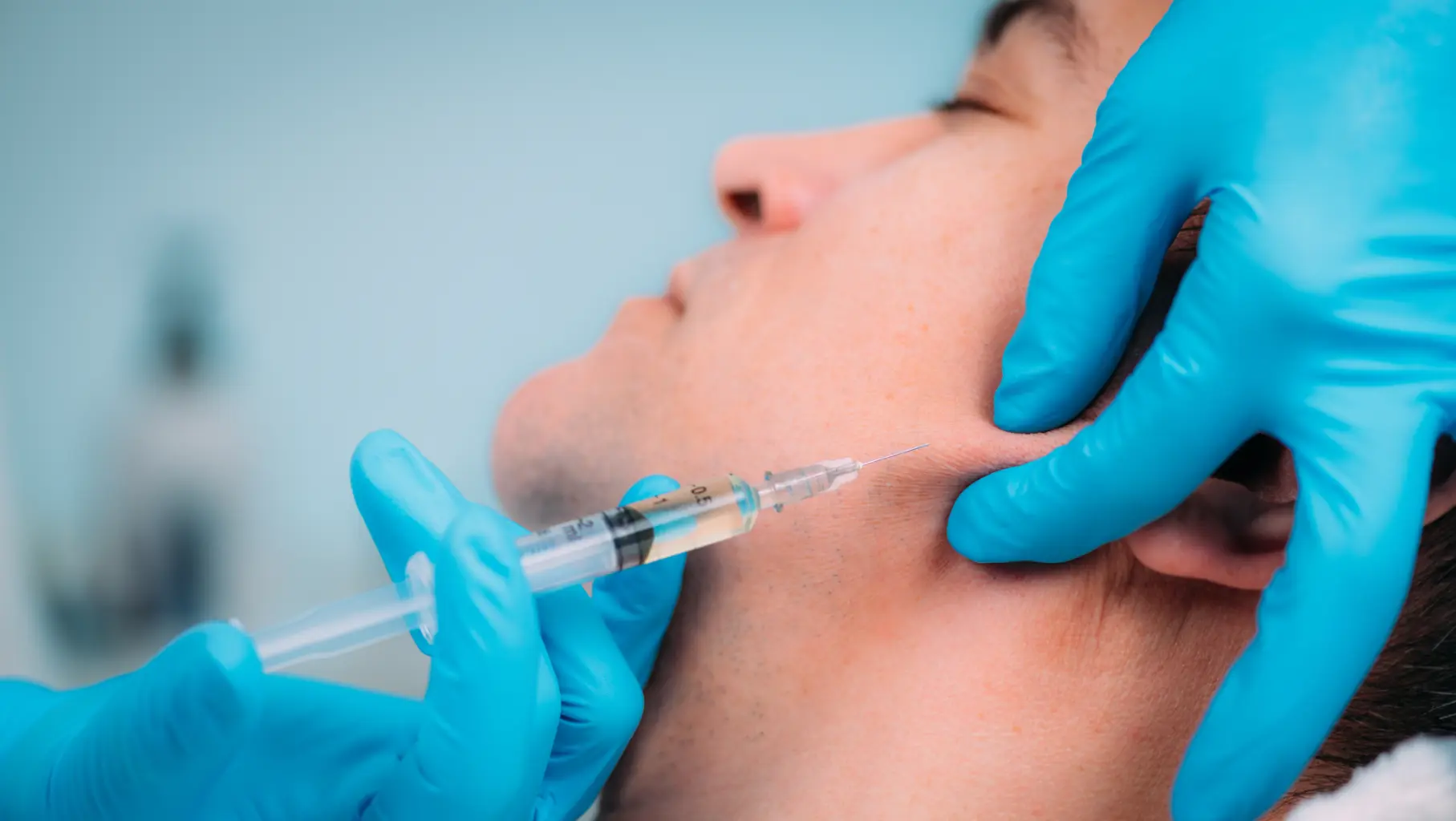
Melasma Explained: Causes and Symptoms
Melasma is a common skin disorder that affects many people, especially women. It causes dark patches, usually on the face. These melasma symptoms often appear on areas like the cheeks, forehead, and upper lip. The causes of melasma on face can vary. Hormonal changes, sun exposure, and certain medications are common triggers. To better understand what is melasma and chloasma, it’s important to note that chloasma is another term for melasma, often used when it occurs during pregnancy. Understanding melasma is Critical to effective treatment. Early diagnosis and proper care can help manage and reduce these dark patches. If you notice any of these melasma symptoms, it’s essential to consult a dermatologist. They can guide you on the best treatment options.
Understanding the Appearance of Melasma

Melasma shows up as brown patches on skin, mainly on the face. These dark patches can be different of sizes and shapes. They commonly appear on face. Melasma on face usually forms in a matching pattern on both sides. This skin discoloration on face can stand out, especially in sun-exposed areas. While melasma doesn’t cause any physical pain, it can affect how you feel about your appearance. Many people look for ways to lighten these dark patches and improve their skin tone. Spotting melasma at the initial stage can help in finding the proper treatment.

What Causes Melasma and Its Risk Factors?
Hormonal Causes of Melasma
Hormones play a significant role in the causes of melasma. Hormone replacement therapy, birth control pills, and pregnancy are common triggers. Pregnant women often experience skin changes due to hormonal shifts. External factors like sun exposure and stress also contribute. These factors can increase melanin production, leading to causes of melasma on face.
Genetic and Skin Type Factors
Genetics is another key factor. If your family has a history of melasma, you might be more prone to it. People with darker skin tones are at higher risk, as their skin type produces more melanin. Excess melanin can result in those familiar dark patches associated with melasma.
What Can Trigger Melasma and How to Prevent It?
It includes everyday factors like sun exposure, heat, and even LED screens. These can worsen the condition. Hormones also play a role, especially when they are at higher concentrations. Understanding these triggers is a key to managing melasma effectively.
How can I prevent melasma?
Start with daily sun protection. Apply sunscreen daily, even when it is cloudy. Choose a broad-spectrum SPF and reapply it regularly. Sun avoidance is another essential strategy. Avoid direct sunlight, especially during peak hours. Hats and seeking shade can be particularly helpful.
Another option to consider is tranexamic acid. This treatment has shown promise in reducing melasma. It works by addressing the underlying causes and preventing further darkening.
If you have dark skin, it is essential to understand that hyperpigmentation melasma dark skin treatment might require a tailored approach. Knowing what skin type is prone to melasma can influence your prevention efforts. If you’re at higher risk, these steps are even more crucial. Taking care of your skin now can make a significant difference in managing melasma long term.

How Is Melasma Diagnosed?

Diagnosing melasma involves a few key steps. Doctors often start by examining your melasma symptoms visually. A Wood’s lamp examination is commonly used. This unique light helps doctors see the depth of the pigmentation. It is essential to differentiate melasma from other skin disorders, like skin cancer. Misdiagnosis can lead to incorrect treatments. Understanding melasma prevalence and the typical melasma age range also helps in diagnosis. Melasma usually affects people between 20 and 40 years old. Accurate and timely diagnosis is a key for successful treatment. Always consult a dermatologist if you notice changes in your skin.
Top Medical Treatments for Melasma
Medical treatment for melasma offers several effective options.
- Topical Medications for Melasma: Topical medications such as hydroquinone, azelaic acid, and tranexamic acid are commonly used. These treatments help by lightening dark patches and evening out skin tone. For more persistent cases, procedural options are available:
-
- Chemical Peels for Melasma: Chemical peels exfoliate the top skin layer, reducing the visibility of melasma.
- Laser Treatments for Melasma: Laser treatments are another option, but consider the melasma laser treatment cost.
- Microneedling for Melasma: Microneedling stimulates collagen production, improving skin texture and tone.
- Understand the Risks of Melasma Treatments: Before starting any treatment, review melasma treatment before and after results to understand what to expect. Be aware of what are the risks of melasma treatments, as some procedures can cause irritation or worsen the condition if not done correctly.
- Consult a Dermatologist for Melasma on Face: Always consult with a dermatologist to choose the best treatment for melasma on face.
Living with Melasma: What to Expect and How to Manage It
Developing melasma can be challenging, but it is manageable with the right approach. Melasma is often a chronic condition. You might wonder when does melasma go away. Unfortunately, melasma can linger for months or even years. Consistent melasma treatments are key to keeping it under control.
Ongoing treatment and regular dermatologist visits can help manage the condition. How long does melasma last? It varies, but by taking proactive steps, you can better handle melasma’s duration and effects on your skin.
FAQs: Quick Answers to Common Questions about Melasma
How to get rid of melasma?
To lighten dark patches caused by melasma, consistent treatment and avoiding sun exposure are key. These steps can help manage the condition over time.
What is the best treatment for melasma?
The best treatment for melasma typically involves a combination of topical treatments and daily sun protection. These methods are often the most effective in managing the condition.
Is melasma dangerous?
Melasma is not physically harmful, but it can affect your self-esteem and confidence. Many seek treatment to improve their appearance.
Where does melasma come from?
The origin of melasma is often linked to hormonal changes and sun exposure. Both factors can trigger the appearance of dark patches on the skin.
How to cure melasma from the inside?
While there is no internal cure for melasma, maintaining a healthy lifestyle can support overall skin health and may help manage symptoms.
Conclusion

Melasma can be challenging, but with the proper care, it is manageable. Always consult a dermatologist for personalized advice. For persistent cases, consider skin resurfacing or chemical peel as an option. Taking proactive steps can help you achieve healthier, more even-toned skin.



























